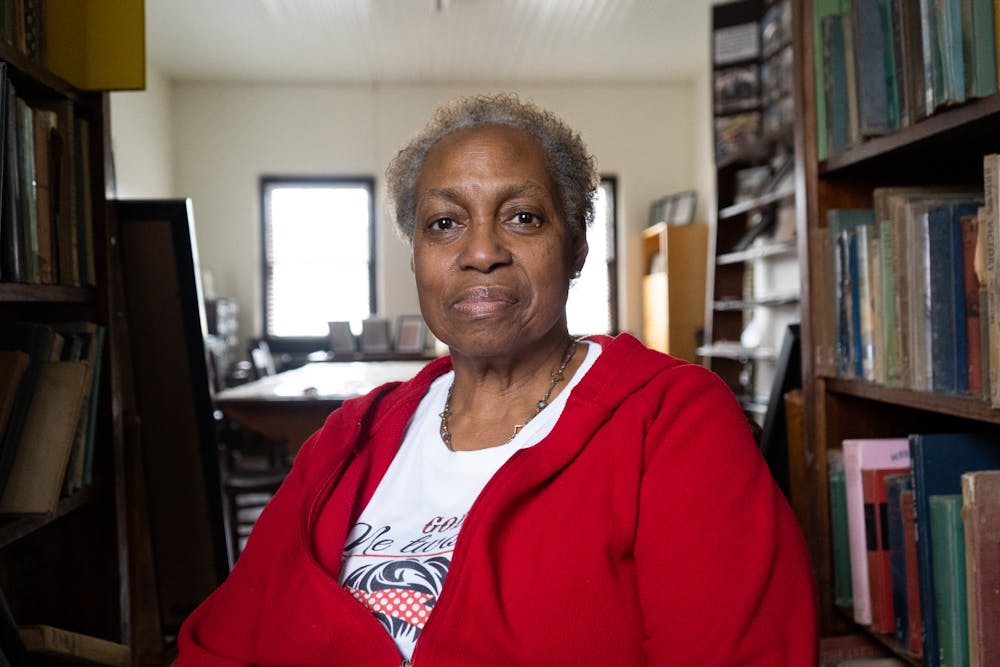During the fall of 1982, law enforcement arrested over 500 Warren County residents protesting in the first major demonstration of the environmental justice movement.
This month, on the 40th anniversary of those historic protests, Warren County residents are partnering with UNC's Wilson Library to commemorate their resistance with a photo exhibit.
Four years prior to the protests, by cover of night, a fleet of trucks illegally dumped polychlorinated biphenyls (PCB) — a known carcinogen — across 240 miles of highway in 14 North Carolina counties.
By 1982, a string of lawsuits and appeals from Warren County residents failed to stop the state from deciding to relocate 60,000 tons of PCB-contaminated soil to a landfill near their community.
The dumpsite, less than two miles from Coley Springs Missionary Baptist Church, was selected not because it was safe, the residents said.
Instead, they said, it was chosen because the county was poor, mostly comprised of Black residents and had no representation in the North Carolina Senate.
Despite the protests' inability to stop the initial dumping, the Warren County protests are credited with sparking the environmental justice movement — a movement that later spread across the globe.
Biff Hollingsworth, a collecting and public programming archivist at Wilson Library’s Southern Historical Collection, said library historians contacted the Warren County Environmental Action Team to collaborate on the project.
“We’ve been developing ways to work directly with communities so they can tell their own stories,” Hollingsworth said.



